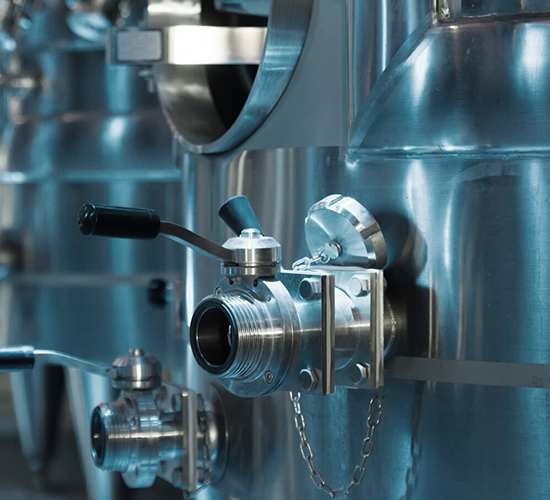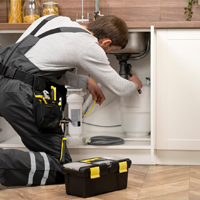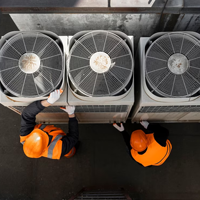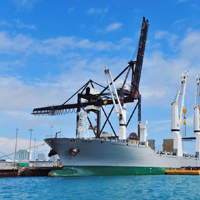
What is Brass Ball Valves
A brass ball valve is a type of quarter-turn valve that uses a hollow, perforated, and pivoting ball to control the flow of a fluid (typically a liquid or gas) through a pipe or tubing. It is called a "brass" ball valve because the main body of the valve is typically made from brass, which is a corrosion-resistant alloy of copper and zinc. The ball inside the valve has a hole (bore) through its center, and when the handle of the valve is turned 90 degrees, the bore is either aligned with the flow of the fluid, allowing it to pass through (open position), or perpendicular to the flow, blocking the fluid (closed position).
Brass ball valves are widely used in various applications due to their durability, reliability, and ease of operation. They are commonly found in plumbing systems, industrial processes, HVAC (Heating, Ventilation, and Air Conditioning) systems, and many other fluid control applications. These valves are known for their tight sealing, minimal pressure drop, and resistance to corrosion, making them suitable for a wide range of environments and fluid types. They are available in various sizes, from small residential valves to large industrial ones, to accommodate different flow rates and pressure requirements.

















